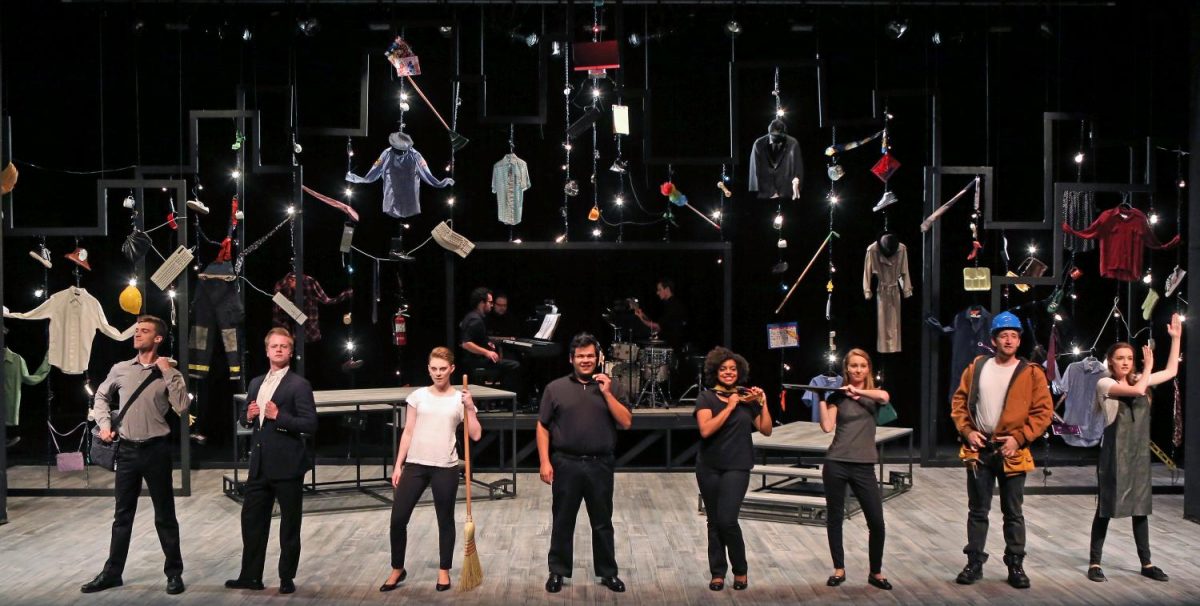Fun fabrics, palatial patterns, crucial charities and ambitious ambassadors are all critical components to keeping The Elephant Pants thriving. By engaging in any aspect of the company, consumers are able to save elephants, look good and feel good.
The Elephant Pants, founded in 2014, is a clothing and accessories company that donates a portion of its proceeds to the African Wildlife Foundation. Contributions are used to fight elephant poaching in a variety of ways, including educating people about the consequences of poaching, providing supplies to tracking animals, as well as paying landowners to allow animals onto their land.
The pants have followed recent fashion trends including colored jeans and printed leggings. The brand has increased in popularity on campus this year.
The factory that produces the pants resides in Chiang Mai, Thailand. While the pants are the most popular and prominent product, the company also sells jewelry, shirts, bags, shorts, tapestries and scarves. This is a little known fact that Sarah Schlehlein, a sophomore in the College of Communication, wishes more people knew about.
“Their shirts are really nice too,” Schlehlein said. “I own two of them.”
Anna Otto, a junior in the College of Communication, sparked interest in The Elephant Pants when she saw some of her friends wearing the apparel. The Elephant Pants has a strong dependency on word of mouth. Its Ambassador Program allows dedicated buyers to contribute to the expansion of the company.
Ambassadors are responsible for promoting the products through their social media accounts and word of mouth. Ambassadors have URL referral links for interested buyers to use. When someone orders through their link, they receive 15% commission in addition to reward points.
Prospective ambassadors can apply online.
Kristin Westervelt, a freshman in the College of Arts and Sciences, learned about the program through a former roommate and decided to join the Ambassador team. She owns 14 pairs of elephant pants.
“I’ve had DRs and RAs come up to me and ask about the pants,” Westervelt said. “It’s pretty cool.”
Like many students, the pants caught Otto’s attention because of their flamboyant patterns. Otto said she particularly likes busy prints.
“I just think they’re so pretty,” Otto said. “The patterns are so fun and bright. I love patterns and they’re very eye-catching.”
Schlehlein likes the patterns, but also said she supports the company’s mission.
“I like the fact that my money is going to (African Wildlife Foundation), not just the company. It’s nice to know,” Schlehlein said.
While the company receives resounding support for its mission, as well as positive feedback for its patterns, the overall quality has also been applauded by consumers.
Rachel Garcia, a freshman in the College of Health Sciences who heard of the pants through an ambassador, said she loved the practical pockets, as well as the comfort and quality of the pants.
“They’re pretty durable, which is really nice,” Garcia said. “I’m a pretty active person. I can still wear them around and not worry about them ripping.”
But, there are a few things some consumers would change, such as the structure of the pants, including a different material for the hem or the addition of extra length. The pants have minimal range in sizes. However, the pants offer sizes that fit most people.
The pants are generally made of a thinner fabric that does not rip and withholds a wash cycle. This thin fabric does limit wear to warmer days. Many people who own the pants wear them at least once a week, carefully checking the weather reports to select the best day.
When Wisconsin’s notoriously harsh winters lighten up, it is easy to spot someone wearing these printed pants on campus. Wearers have been bombarded with compliments.
“I have gotten so many compliments about my pants,” Garcia said. “Everybody loves them.”






